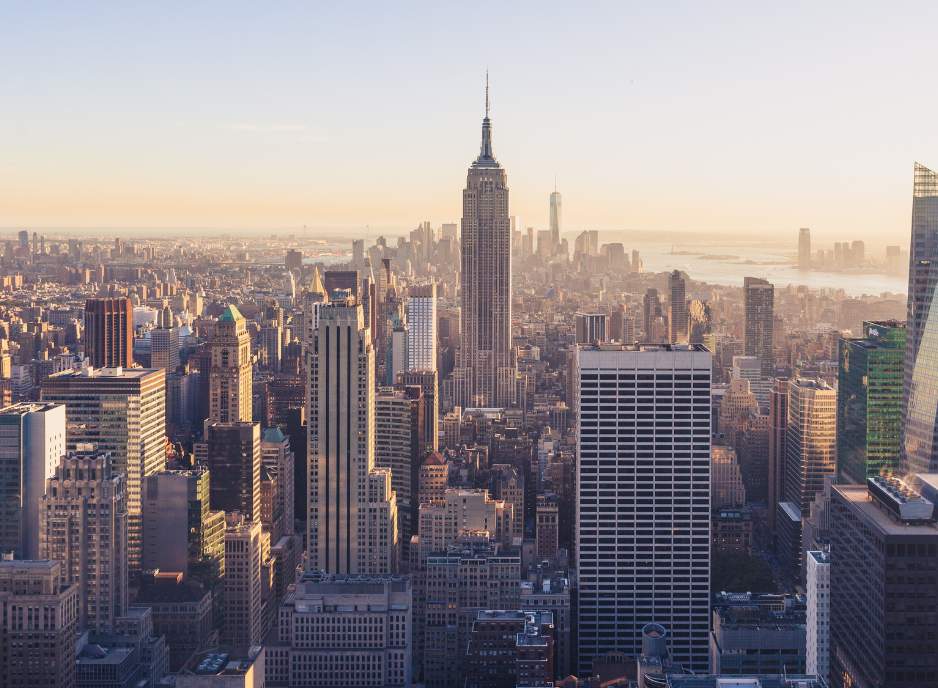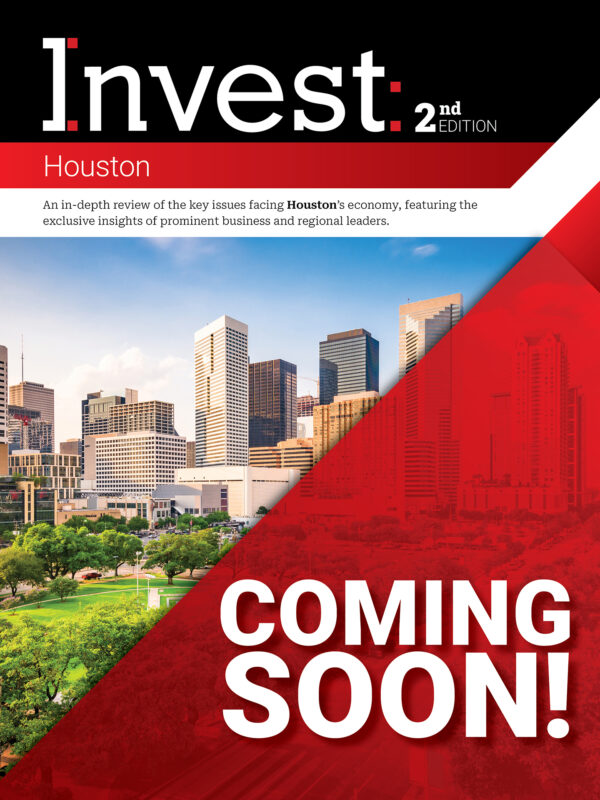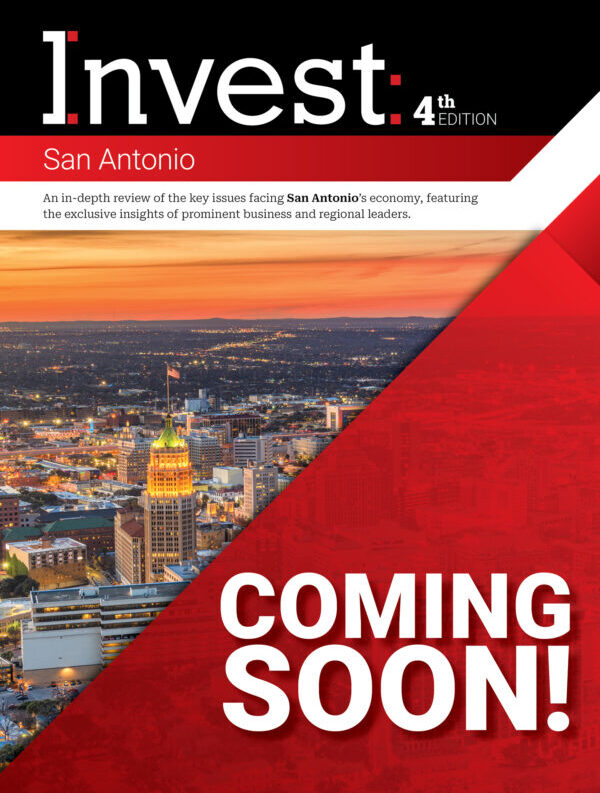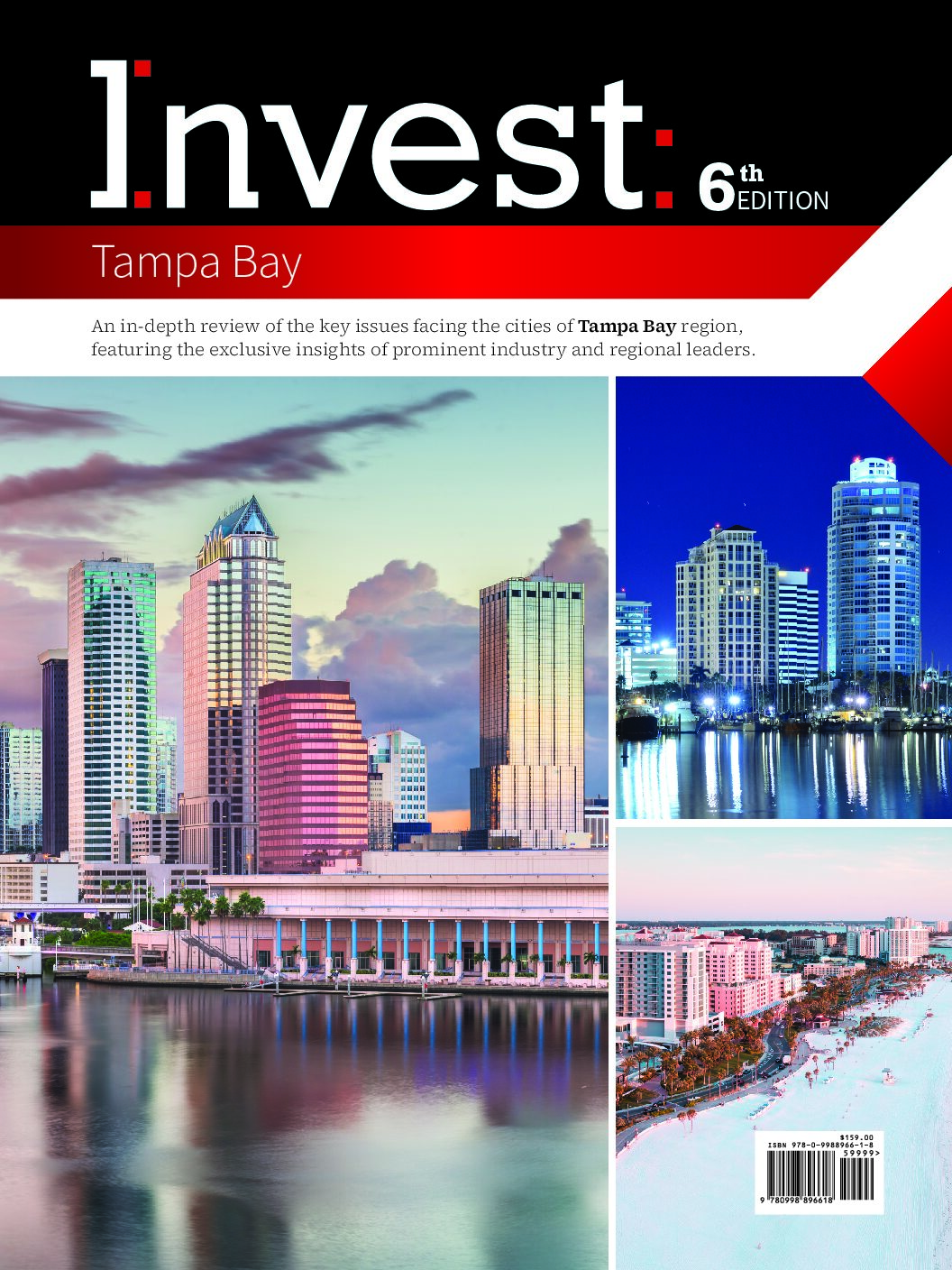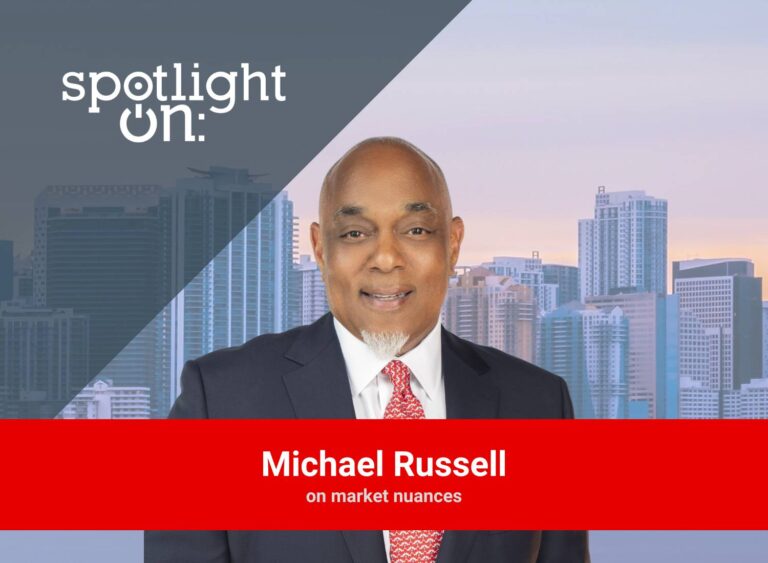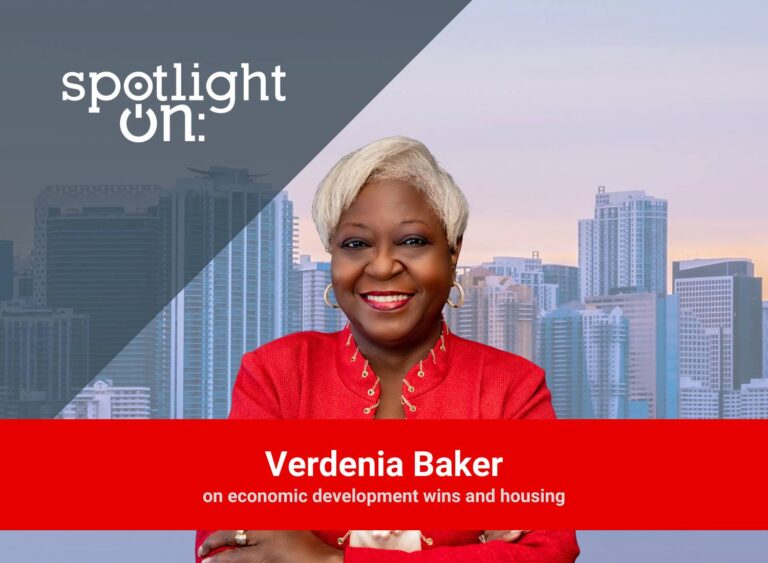Jimmy Burry, Mayor, City of Leesburg
In an interview with Invest:, Jimmy Burry, mayor of the city of Leesburg, discussed healthcare and its role as a driving force for economic and job growth, the importance of protecting wetlands and why building new housing is necessary for growth. “As a municipality we are supposed to grow, and to do that we have to build more houses,” he said. “That brings more services, and more jobs, and that is how we drive our economy.”
What are some recent highlights or milestones for Leesburg during your tenure as mayor?
Since I have become mayor, we opened a $6 million aquatic center with a nice lap pool, as well as an entertainment pool. Citizens around the county enjoy this quite a bit, but this was mostly established before me. Leesburg has four-year terms for the mayor, and we have an election coming this November. We are dealing with a lot of infrastructure needs that are quite complex. It is the underlying infrastructure that drives the ship, and handles the growth, so that is important. We are different from most cities because we are really a utility company that runs the city.
With the amount of growth coming to us we must expand all of our services. We have to triple our wastewater management system for capacity reasons. Leesburg is the city that the Villages wrap around, so we provide a lot of services, especially in the medical field for a city our size. We have three hospital systems fighting over space, which is a nice thing to have, and they are all trying to get a piece of the market. Healthcare is a top employer in our city and a driving force for economic growth and jobs.
How do you balance urban development with environmental sustainability?
We must remember what Leesburg was before it was an urban area. It was farmland, which is an environmentally sensitive area. We are very concerned about wetlands. A lot of land we are building on was orange groves or cow pastures, so it isn’t an old growth forest. As a commissioner, I don’t like mitigation. It happens, but when someone wants to fill in some wetlands or expand their footprint, we have a little bit of trouble with that. Every municipality that I am aware of has a comprehensive plan for their city. It is constantly changing, but typically it’s a 10-year plan. We are in a review period right now, so that is an exciting time, because that review is when we can make adjustments.
We have done things that mitigate the “visual presence” of development. We require the developers of our planned unit developments to use canopy trees and dark sky lighting, so we can cut down on light pollution. We have modified our thinking in my short three years from just approving whatever the developer wanted to build to engaging in a dialogue about what is best for the community. We established a 35% open space requirement and often stipulate parks must be built where kids can play. We want to remain attractive to the working aged population and families, which is why affordable housing is so important alongside our driving force of retirement housing.
How do you ensure that long-term residents are not adversely affected by rising property values, increased development and shifting demographics?
I understand the concern, but there is a flip side to rising property values. Property taxes go up because properties are more valuable, so there is a tangible asset. You are paying more because your assets are high. We are sandwiched between two large lakes, so that is insular protection. Development is being driven to the northeast, and then to the southwest in the Villages, which is now part of Leesburg. With that growth, we are not displacing residents in the core of old Leesburg at all. As a municipality we are supposed to grow, and to do that we have to build more houses. That brings more services, and more jobs and that is how we drive our economy.
What collaborations do you have with neighboring cities and counties to boost economic development?
We have agreements in place with the fire departments. We respond to calls that would usually be county calls, but we are closer and have more available units. Those agreements have been in place for a long time. Rings of growth have extended from Orlando, but they are just getting to us in Leesburg. That is why we see 30,000 units on the books to be built. It is not intentional, and we didn’t go out looking for that type of growth, because we are an old insular citrus community.
What projects do you hope to achieve during your tenure, and into the future?
We have a softball complex here, and we have put together a number of three-week tournaments where other universities and teams from all over the country can come to play here. We have hollowed out a little niche within sports tourism, and we have a plan to fund an old facility on Susan Street. It will be turned into four surface fields that can handle any field sport like football, lacrosse or hockey. Then, we would have a stadium where championship games would be played. We are well situated geographically for day-trippers to come here. With our two lakes nearby, we are running televised bass tournaments. You can also go biking, fishing or birding here.
